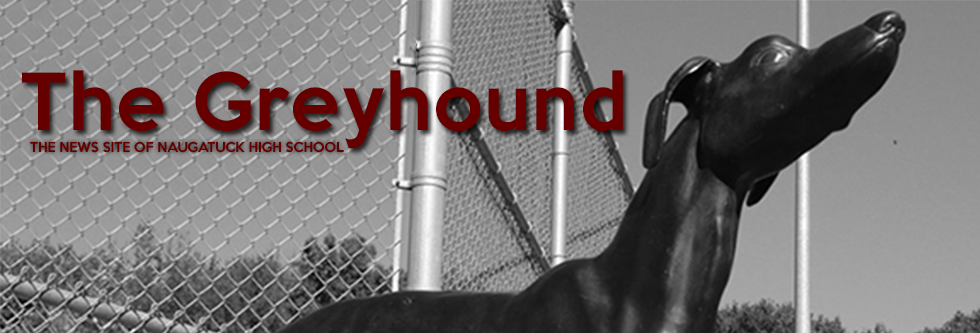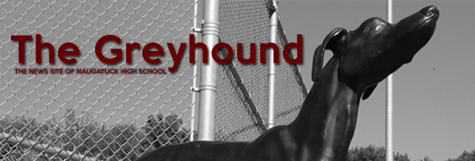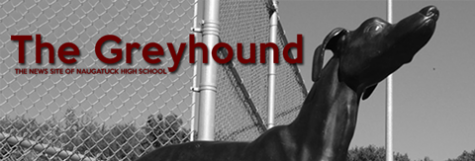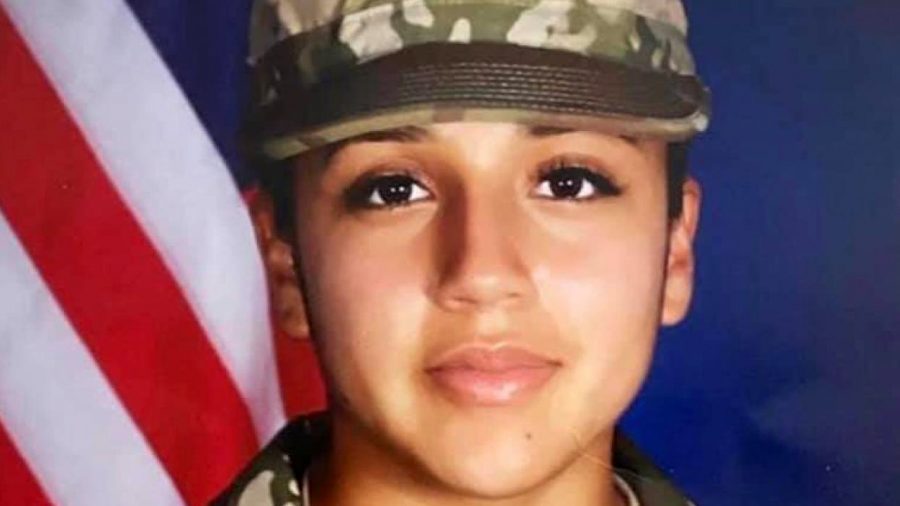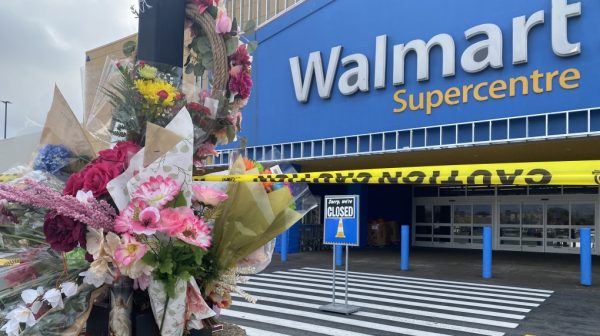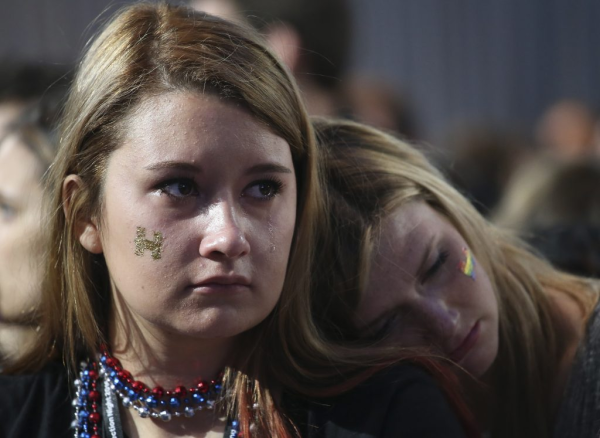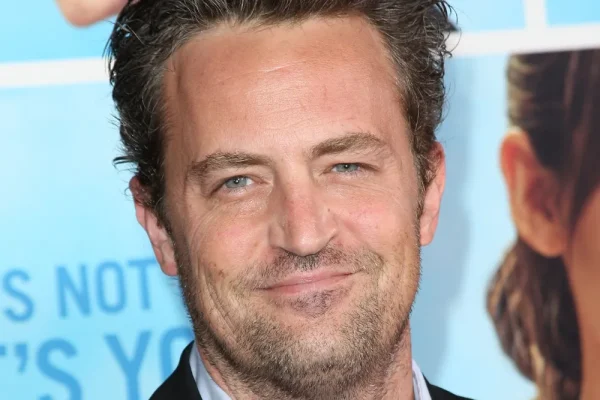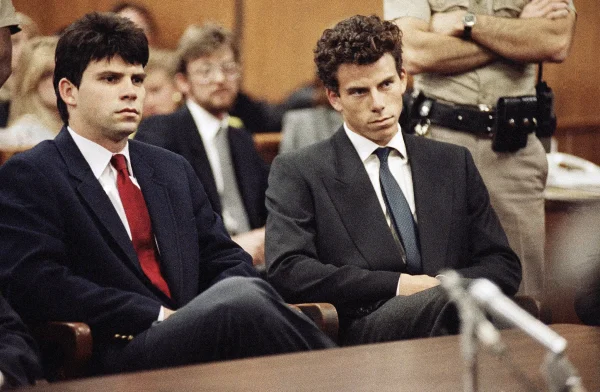There IS an epidemic of missing Hispanic and Latinx women
Twenty-year-old U.S. Army soldier Vanessa Guillen went missing on April 22, 2020; she would last be seen at 1 p.m. in the parking lot of her Regimental Engineer Squadron Headquarters. Her car keys, barracks room keys, identification card, and wallet would be found in the armory room where she was working the day she disappeared.
During a virtual press conference, Gloria Guillen, Vanessa’s mother, said, “Two months have passed and we know nothing, nothing, nothing. What’s happened? What happened on that base? Why did my daughter disappear?”
The Fort Hood Independent Review Committee held a panel and revealed that out of 35 Army Criminal Investigation Command special agents, who look into cases that occur at Fort Hood, only three of the special agents had more than two years of experience as investigators.
The panel’s report stated, “It has been the experience of these career federal law enforcement professionals that investigative agents with less than 2 years’ experience are generally only capable of conducting simple witness interviews, handling less complex investigative techniques and acting in a support role for more experienced case agents,”
On April 24th, an investigator on the case had been informed that the day of Vanessa’s disappearance she met with Army Spc. Aaron Robinson — the soldier who officials believed to have killed her, however, he took his own life before police could take him into custody — in his unit’s arms room. Another investigator found out that as well as meeting with Robinson on the day she disappeared, she texted him.
However, in their reports, there was no follow up of an investigator interviewing Robinson, taking his phone into custody or even just searching his phone.
According to Tim Miller, founder of civilian group EquuSearch, military investigators had overlooked the spot where her remains were found. On June 21st, Miller and his crew asked investigators to search a rural highway intersection a few miles from Leon River when they discovered a pile of burned debris, the military investigators would instead search by the river.
Vanessa’s remains would not be found until June 30, 2020, over a week later. Construction workers would find her remains in the very spot they had overlooked.
Throughout the investigation on the disappearance of Vanessa Guillen, it was made very clear that the investigators lacked experience that could have led to finding her body sooner, and even possibly prosecuting her murder before he had taken his own life.
Sadly, Vanessa Guillen is only one missing Latina woman who was found, deceased, but was at least able to be returned to her family and given a proper burial.
In an interview with Insider, Ralina Cardona, The League of United American Citizens’s (LULAC) national vice president for the Northeast, said this about the Vanessa Guillen case, “The Vanessa Guillen story and the story of ongoing gender violence in Puerto Rico, these are stories we’ve always tried to shine a light on.”
Despite there being organizations like the LULAC and the Black and Missing Foundation, Inc (BAMFI) that are spreading awareness of the spikes in missing Black and Latina women, there are still not nearly enough resources to combat the epidemic of missing women of color.
However, another issue is that it is more difficult to come by the numbers of missing Latina women and girls due to there not being an organization dedicated to missing Latino youths and adults. Latinas are also counted with white women and youth in data sets, along with the lack of media coverage which has masked the devastating epidemic that is occuring in the Latino community.
According to the National Criminal Information Center there have been 321,859 missing persons files for white people, including Latinos, in 2020. The number of latinos has not been confirmed.
After searching for at least 30 minutes you will find that it is even harder to find a credible database that has the number of missing persons files of Latina girls and women.
“It’s disgusting the lack of information you can find on missing Latina and Hispanic girls and women. In a world where we have everything at our fingertips because of the internet, we have to start doing better.” Diannethe Gutierrez, a junior at Naugatuck High school said.
As of recently, there has been another case that has gained a lot of attention in the media. A 19-year-old Hispanic college student, Miya Marcano, went missing on September 24th, from an apartment complex in Orange County, Florida.
Due to Miya Marcano’s case following the disappearance of Gabrielle Petito, a white woman who went missing last month as well, which was widely publicized on the news and all over social media for an entire week, led to many people questioning the disparities between the media coverage of missing white women and missing women of color. In response to this, many people have been raising public awareness about Miya’s case to make sure she gets the attention it deserves. Students at the university in Orlando that Miya Marcano attended have been playing a huge role in spreading awareness.
Natalie Wilson, a cofounder and the chief operating officer of Black and Missing Foundation Inc. (BAMFI) said, “It takes all of us, law enforcement, the media, and the community to help us bring awareness to those missing in our communities,” said Natalie Wilson, a cofounder and the chief operating officer of Black and Missing Foundation Inc. (BAMFI). “These people are desperately searching for their missing loved ones. They want answers. They deserve answers.”
If you have a missing loved one you’re trying to find you can register them under The National Missing And Unidentified Persons System (NamUs). As stated on the NAMI (National Alliance on Mental Illness) website under Finding a Missing Loved One, “This powerful resource will help you, law enforcement, medical examiners and other members of the justice community enter data about the person who is missing. You should include details such as physical characteristics and where they were last seen.”
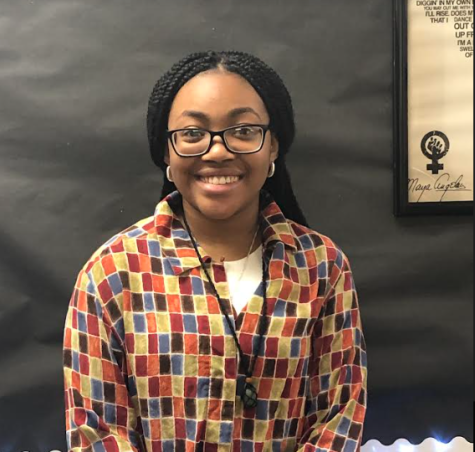
I'm a senior and I plan to pursue a career in journalism and I want to study communications in college. I decided to continue to take Journalism because...
